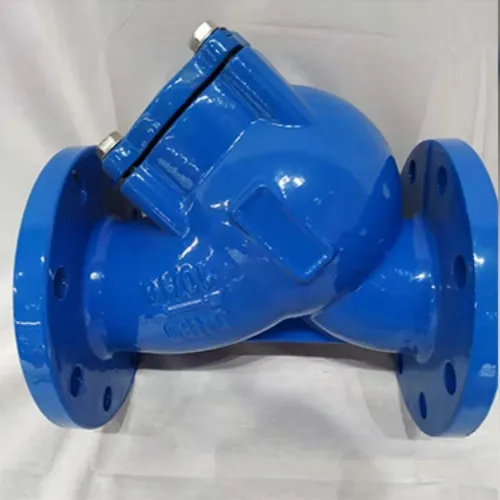nov . 10, 2024 10:37 Back to list
Understanding Liquid Transfer Check Valves and Their Importance in Fluid Systems
Understanding Liquid Transfer Check Valves A Critical Component in Fluid Management
In various industries, liquid handling is an essential process, whether it's in chemical manufacturing, food and beverage production, or pharmaceuticals. One crucial component that ensures smooth and efficient liquid transfer is the check valve. Specifically, liquid transfer check valves play a vital role in preventing backflow, maintaining the integrity of the system, and optimizing fluid dynamics.
What is a Liquid Transfer Check Valve?
A check valve, also known as a non-return valve, is a type of valve that allows fluid to flow in one direction while preventing it from reversing. Liquid transfer check valves are specifically designed for applications where fluids need to be moved from one point to another without the risk of backflow, which could lead to contamination, loss of pressure, or equipment damage.
These valves come in various designs and materials, suited to different applications and fluid types. Common designs include swing check valves, ball check valves, and diaphragm check valves. The choice of valve often depends on factors such as the nature of the fluid, pressure conditions, and the specific requirements of the application.
Importance of Liquid Transfer Check Valves
1. Prevention of Backflow The primary purpose of check valves is to prevent backflow in piping systems. Backflow can lead to contamination of the liquid, which is particularly critical in industries such as pharmaceuticals and food processing. By ensuring one-directional flow, check valves help maintain the quality of the liquid being transferred.
2. Pressure Maintenance Liquid transfer check valves help maintain system pressure by ensuring that liquids flow in the intended direction without the risk of pressure drops caused by backflow. This is essential in keeping pumps and other equipment operational and efficient.
3. System Protection By preventing backflow, check valves protect pumps and downstream equipment from potential damage. Backflow can introduce turbulence and stress that may lead to mechanical failure over time.
4. Improved Efficiency With a properly functioning check valve, the efficiency of the liquid transfer system is enhanced. The design of these valves minimizes flow resistance, allowing for smoother fluid movement and energy savings.
Applications of Liquid Transfer Check Valves
Liquid transfer check valves find applications in various sectors
liquid transfer check valve

- Chemical Processing In the chemical industry, these valves are vital for transporting volatile chemicals and preventing hazardous backflow that could lead to leaks or spills. - Water and Wastewater Management In municipal water systems, check valves are used to prevent backflow in pipelines and protect the integrity of water supply systems.
- Food and Beverage Industry Maintaining hygiene is paramount in the food industry. Liquid transfer check valves ensure that food products are not contaminated by backflow from auxiliary systems.
- Pharmaceuticals In pharmaceutical manufacturing, check valves are crucial to maintaining the purity of compounds during transfer, safeguarding against any cross-contamination.
Selecting the Right Liquid Transfer Check Valve
When choosing a liquid transfer check valve, several factors must be considered
- Fluid Characteristics The type of fluid (corrosive, viscous, etc.) will dictate the materials used in the valve's construction. For instance, stainless steel may be required for corrosive liquids.
- Pressure and Temperature Ratings Valves must be selected based on the operating pressure and temperature to ensure safety and durability.
- Flow Characteristics The valve design should accommodate the required flow rates and minimize pressure loss.
- Installation Orientation Some check valves have specific orientation requirements for proper operation, influencing the installation process.
Conclusion
Liquid transfer check valves are an indispensable element in fluid management systems across various industries. They ensure the safe and efficient transfer of liquids while providing protection against backflow and maintaining system integrity. By understanding the function and importance of these valves, industry professionals can make informed choices that enhance the performance and reliability of their liquid handling systems. Investing in high-quality check valves is essential for any operation that prioritizes safety, efficiency, and quality in liquid transfer processes.
-
Why Metric Trapezoidal Thread is Ideal for Precision Motion ControlNewsAug.05,2025
-
The Unique Properties of a Block of Granite for Industrial UseNewsAug.05,2025
-
The Role of Flanged Y Strainers in Preventing Pipeline ClogsNewsAug.05,2025
-
The Importance of Regular Calibration for Master Ring GagesNewsAug.05,2025
-
How a Cast Iron Surface Table Enhances Accuracy in ManufacturingNewsAug.05,2025
-
Comparing Different Check Valve Types for Optimal Flow ControlNewsAug.05,2025
Related PRODUCTS









